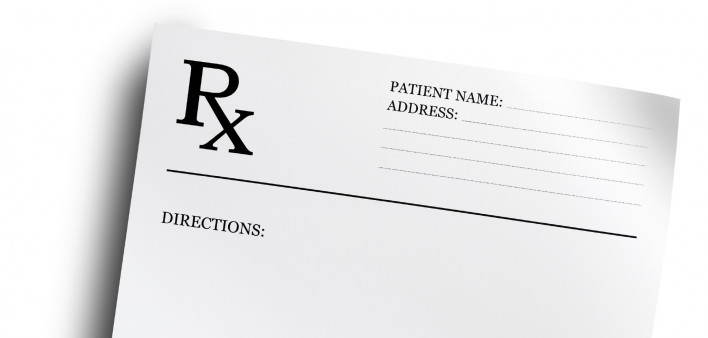The number of prescriptions for naloxone, which can reverse an opioid overdose, doubled between 2017 and 2018. Nevertheless, Centers for Disease Control and Prevention (CDC) officials say there is still a long way to go before sufficient quantities of the medication reach those at risk of overdose.
Publishing their findings in the Morbidity and Mortality Weekly Report, CDC investigators analyzed data from the health care data science company IQVIA regarding prescriptions of naloxone between 2012 and 2018 at approximately 50,400 retail pharmacies. The researchers then extrapolated that data to estimate the total number of naloxone prescriptions dispensed nationwide each year.
In 2012, U.S. pharmacies dispensed an estimated 1,282 naloxone prescriptions, a figure that shot up to 270,710 in 2017 and to 556,847, in 2018, a 2.1-fold increase. During this latter year, an estimated 9 million people received a high-dose opioid prescription, defined as 50 or more milligrams of a morphine equivalent each day, while 406,203 people received naloxone—a 69-fold difference. The CDC recommends that those receiving a high-dose opioid prescription or those with other overdose risk factors should receive an accompanying prescription for naloxone.
Between 2017 and 2018, the number of high-dose opioid prescriptions declined by 21%, from 48.6 million to 38.4 million. During this time, the ratio of naloxone prescriptions to 100 high-dose opioid prescriptions increased 2.5-fold, from 0.6 to 1.5.
During the overall study period, there were higher rates of naloxone dispensing to females (a rate of 187.7 prescriptions per 100,000 women) compared with males (151.6 per 100,000 men) and to people 60 to 64 years old (362.8 per 100,000) compared with all other age groups.
Looking at the out-of-pocket costs required for a naloxone prescription, the investigators found that 42.3% of prescriptions required no such costs, 24.5% required less than $10.00 in costs, 21.9% required $10.01 to $50.00 in costs and 5.8% required more than $50.00 in costs.
Among prescribers with the highest rates of high-dose opioid prescribing, the proportion of naloxone prescriptions per 100 high-dose opioid prescriptions was 0.2 among surgeons, 1.3 among pain medicine physicians, 1.3 among physician assistants, 1.5 among primary care physicians and 2.4 among nurse practitioners. Among all specialties, the highest such ratio was 12.9 among psychiatrists, followed by 12.2 among addiction medicine specialists and 10.4 among pediatricians.
After adjusting the data to account for various factors, the investigators found that U.S. counties with high rates of naloxone dispensing, compared with the low-rate counties, had higher rates of high-dose opioid dispensing, higher drug overdose death rates, higher potential buprenorphine treatment capacity, lower percentages of Latino residents, higher disability prevalence and higher rates of Medicaid enrollment.
The counties with the highest rates of naloxone dispensing had rates some 25 times that of the counties with the lowest rates.
Compared with metropolitan counties, counties with smaller populations as well as rural counties had a lower likelihood of having a high rate of naloxone dispensing.
“Naloxone distribution is an important component of the public health response to the opioid overdose epidemic,” the study authors concluded. “Health care providers can prescribe or dispense naloxone when overdose risk factors are present and counsel patients on how to use it. Efforts to improve naloxone access and distribution work most effectively with efforts to improve opioid prescribing, implement other harm reduction strategies, promote linkage to medications for opioid use disorder treatment and enhance public health and public safety partnerships.”
To read the CDC report, click here.







Comments
Comments